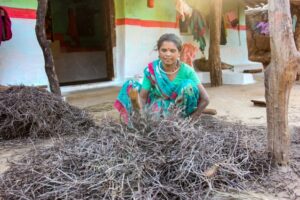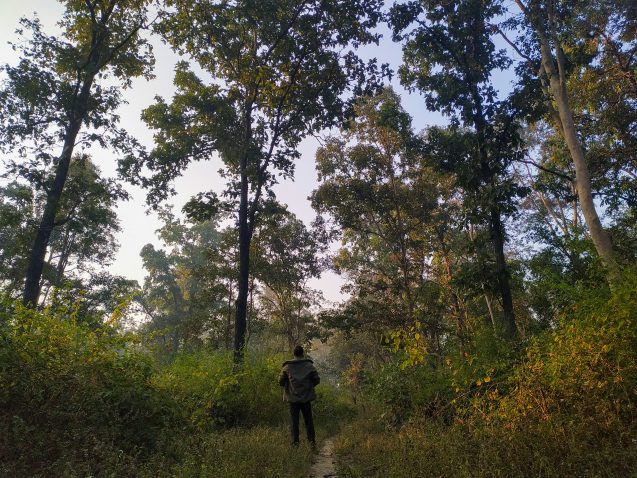Starting in 2021, the United Nations Decade on Ecosystem Restoration issued an ambitious call to prevent, halt, and reverse ecosystem degradation across the world by 2030, which also coincides with the Sustainable Development Goals timeline.
One resounding question, however, is how these restoration sites and projects should be determined.
A new study led by restoration scientist Pooja Choksi, a recent graduate from Columbia University’s Department of Ecology, Evolution and Environmental Biology Ph.D. program, as well as 10 other experts on restoration from nine institutions across India and abroad, proposes a “people-centric” approach to this decision-making.
Using India, which holds one of the highest restoration targets of 26 million hectares by 2030—as a case study, Choksi and colleagues looked at socioeconomic and land ownership (whether it was common or private) data in tandem with the sites’ potential for use in carbon sequestration and biodiversity conservation efforts in districts across the country.
Combining these three sets of data leads to a more holistic approach to devising restoration programs that do not “leave people off the map,” as many previous methods have done, according to the authors.

Cassia tora are grasses used for many purposes. They are found across parts of India in forests and open ecosystems, which have historically been undervalued and called wastelands.
“We will most likely not see long term-benefits of these restoration efforts if they do not work for people,” Choksi said.
“The paper illustrates the complexities of forest restoration in a heavily populated place such as India,” added Ruth DeFries, a co-founding dean of the Columbia Climate School and an author on the study.
For their analysis, the authors looked at 579 districts in India, and found that areas with high poverty levels and those with the greatest potential for restoration benefits—defined as sites that could contribute the highest possible carbon sequestration and increased biodiversity levels—largely overlap, and that most of the land available for restoration in these regions was privately owned.
This indicates an opportunity to focus on reducing methane emissions from crop and livestock production—for example, by restoring native grasses to pasture lands—rather than defaulting to the predominant model of carbon and forest-based restoration projects in these districts, they suggested.
However, in the top 20% of the country’s poorest districts with the greatest possible restoration benefits, common land made up the majority of these sites—an attribute that needs to be considered in planning.
Restoration strategies for different socio-environmental conditions should be tailored to each project area, while keeping local population characteristics at the forefront, according to the study.
For example, in districts that could provide significant ecological improvements but that also have high poverty rates, traditional agricultural and forestry practices can be combined with economic policies and initiatives to raise living standards; if these areas are mostly on common land, the authors also recommended alternative restoration practices, such as invasive species management, and providing greater community rights to manage this land, they wrote.
Essentially, there is no one-size-fits-all model. “Our study takes a people-centric approach to planning restoration rather than prescribing restoration priority areas,” Choksi explained.
While local needs assessments and consultations will continue to play a vital role in restoration policymaking, the authors acknowledged, incorporating socioeconomic and land ownership data can act as a preliminary filter for deciding restoration targets on a global scale and including people as a key variable in this process.
“Restoration that intentionally improves living standards could be the link between broad global targets and reality on the ground,” DeFries concluded.
The findings were published in March of 2023 in the journal npj Biodiversity.
All photos are by Pooja Choksi. Featured photo shows that some forests in the central Indian district of Mandla have a high density of an invasive species, Lantana Camara, which can become a hindrance to local people’s livelihoods.

